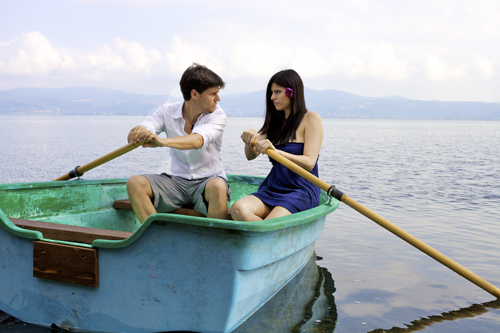
Photo: Thinkstock
by Shawn Bean
Cuba
Yes, we saw the pics of Jay-Z puffing a gordo and Beyonce rocking tropical prints and a beehive. But the embargo still makes travel to the island nearly impossible for U.S. citizens. The celeb couple visited Cuba on a people-to-people license: travel authorized by the U.S. Treasury Department under the guise of "cultural engagement... and supporting the development of peaceful, independent activity and civil society." Translation: It helps to have several multi-platinum albums.
Bhutan
For years, the Himalayan kingdom of Bhutan abided by a strict "high value low impact" tourism policy: visitors must be part of an official Bhutanese tour group, apply for an approved visa from the tourism council, and pay a $200-per-day visitor's fee. A couple years ago, the rules started to loosen up. The result: In 2012, Bhutan tripled its annual visitor total to 100,000. Great news, except when you consider that Florida welcomes that many people every 10 hours.
Saudi Arabia
Leisure travel to this monarchy, bookended by the Red Sea and Persian Gulf, is anything but easy. Visas are issued only for work, visits with relatives, and religious pilgrimages by Muslims. Female visitors must be accompanied by a "sponsor" (husband, brother or other male family member).
Kiribati
Leave on Monday, arrive on Thursday. That's the reality of traveling to this atoll in the middle of the Pacific. Here's a sample itinerary: After departing LAX, you're facing 63 hours in transit, including daylong layovers in Sydney and Fiji. (International flights only serve this destination twice a week). And that one-way ticket just cost you $6,200.
Angola
A subtropical locale with more than 1,000 miles of Atlantic coastline, the African nation of Angola makes for quality postcard fodder, but the tourism industry remains in its infancy. A nearly 30-year civil war ended in 2002, leaving Angola with a crippled infrastructure: crumbling roads, nominal oversight for air travel, and little security. The U.S. Department of State recommends that visitors "avoid travel after dark... and no travel should be undertaken on roads outside of cities after nightfall." So maybe avoid the "bars filled and local music and dancing" that the Angolan Embassy promotes on its website.
Greenland
Front row seats to the Northern Lights sound enticing? Here are a few things to consider before booking. There are no roads between the towns in Greenland. Let us repeat that: no roads. Because of the extreme conditions, all transportation is conducted via airplane, boat, snowmobile, and dog sled. And you can't get picky with accommodations: According to Visit Greenland's official site, this 720,000-square-mile expanse of land has 23 hotels. If you're open to hostels and campgrounds (pack layers!), the options increase.
Papua New Guinea
The mountainous landscape comprising 800 islands is a bucket list fave, but Paupa New Guinea is a developing nation, so proceed with caution. (It was named one of Forbes' "Most Dangerous Destinations" in 2006.) Recently, the U.S. Department of State alerted travelers that "tensions between clan groups may lead to localized conflicts involving machetes or firearms." Is mace available in three-ounce containers?


0 comments:
Post a Comment